Imagine a creature so tough that it could withstand the crushing weight of a 4,000-pound vehicle rolling directly over its tiny body, emerging completely unharmed and ready to scurry away as if nothing happened. This isn’t science fiction or some comic book superhero – it’s the incredible reality of one of nature’s most indestructible insects. The diabolical ironclad beetle has earned its fearsome name through an almost supernatural ability to survive forces that would instantly obliterate virtually any other living creature on Earth. Scientists have discovered that this remarkable insect can endure pressures up to 39,000 times its own body weight, making it one of the most crush-resistant organisms ever studied.
Meet the Indestructible Phloeodes diabolicus
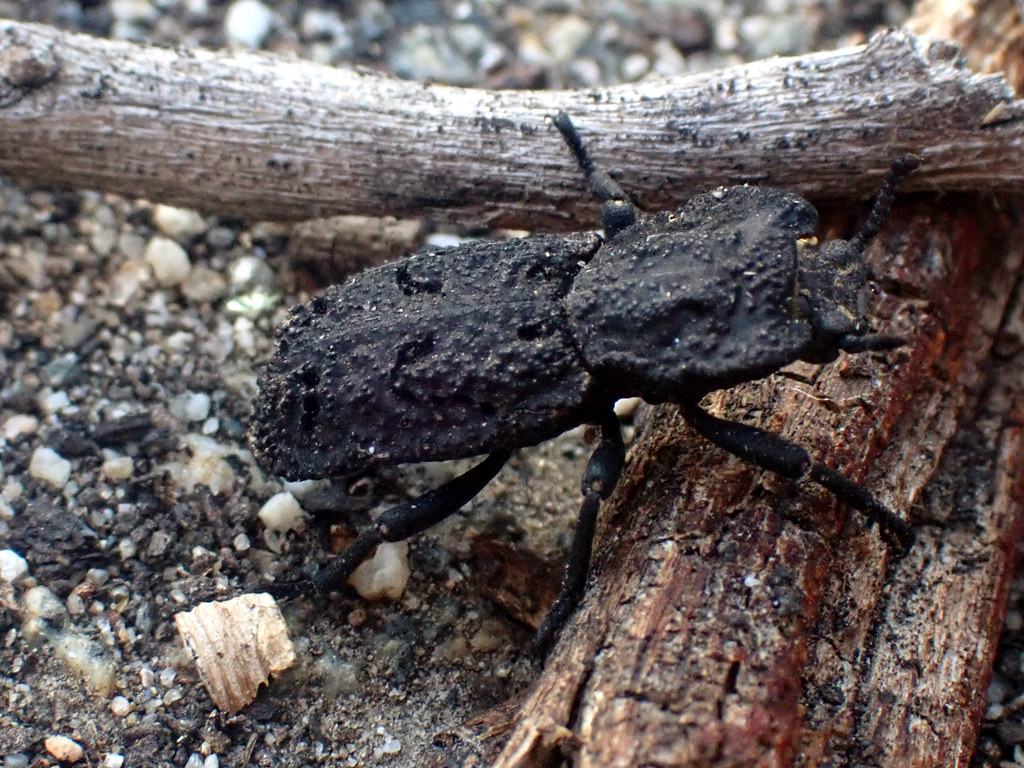
The diabolical ironclad beetle, scientifically known as Phloeodes diabolicus, looks like it stepped straight out of a medieval armory. This desert-dwelling insect measures roughly half an inch to three-quarters of an inch in length, with a distinctive black, bumpy exterior that resembles a tiny suit of armor. Found primarily in the southwestern United States and northwestern Mexico, particularly in oak woodlands and desert scrub environments, this beetle has evolved into nature’s ultimate tank.
What sets this species apart from its 400,000 beetle cousins worldwide isn’t just its incredible durability – it’s also flightless, having traded the ability to soar through the air for an almost impenetrable defense system. The beetle’s common name isn’t just dramatic flair; collectors and researchers have genuinely struggled to pierce specimens with standard mounting pins, often breaking multiple pins in the process. This remarkable toughness extends far beyond what you’d expect from such a small creature.
The Science Behind Superhuman Strength
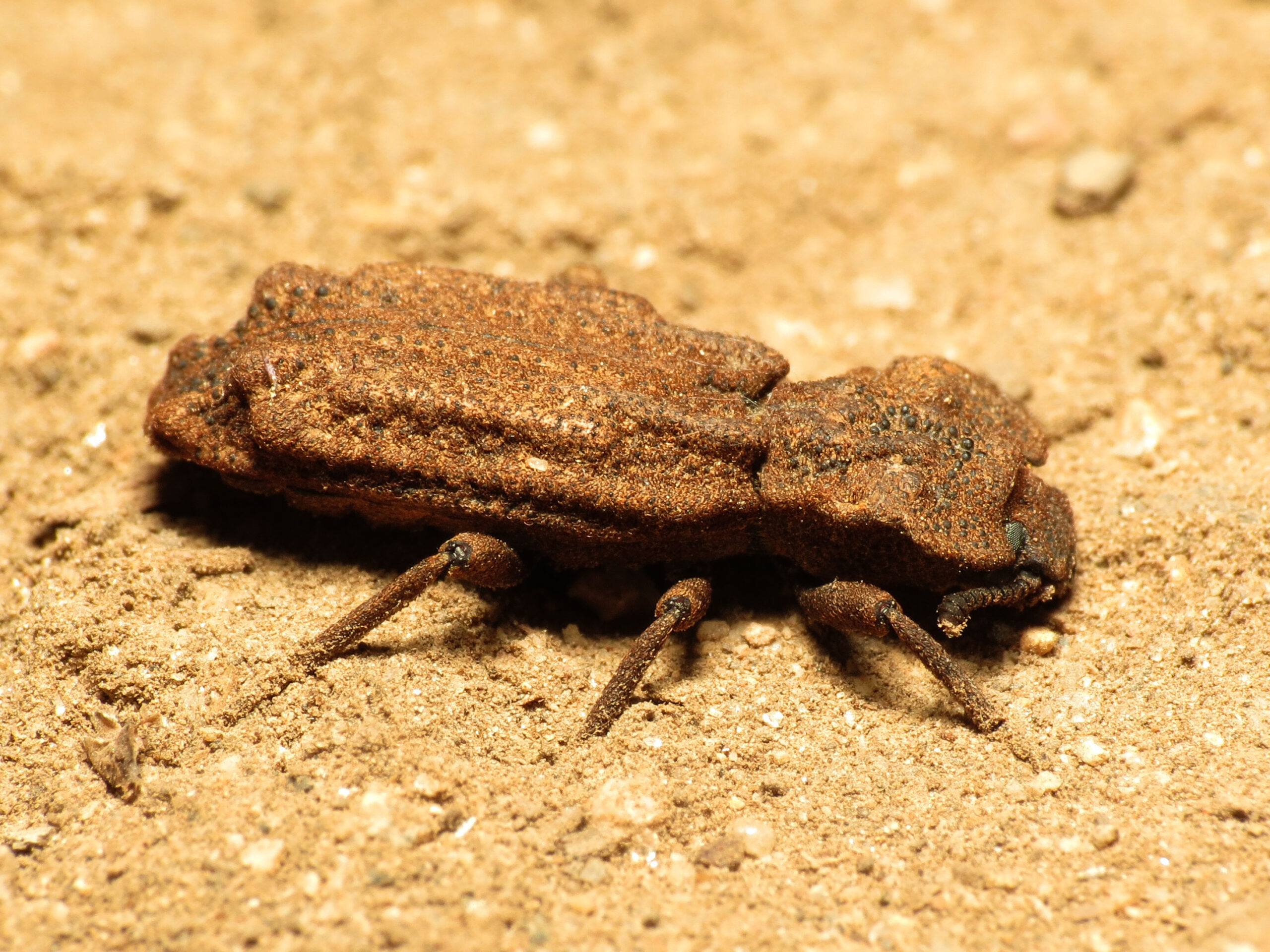
Researchers at the University of California, Irvine, conducted extensive tests to understand exactly how much punishment these beetles could withstand. Using specialized compression equipment, they discovered that the diabolical ironclad beetle can survive forces of up to 149 newtons – equivalent to being crushed by a weight of about 33 pounds pressing down on its tiny body. To put this in perspective, most other beetles would be completely flattened under just 5 to 10 newtons of force.
The testing process revealed something even more astonishing: when subjected to car-tire pressure simulations, the beetles not only survived but showed no signs of permanent damage. Scientists literally drove vehicles over these insects on various surfaces, and time after time, the beetles emerged unscathed. This level of durability is so extreme that it challenges our basic understanding of biological limits and has sparked intense interest from materials engineers seeking to replicate these properties.
Anatomy of an Armored Tank
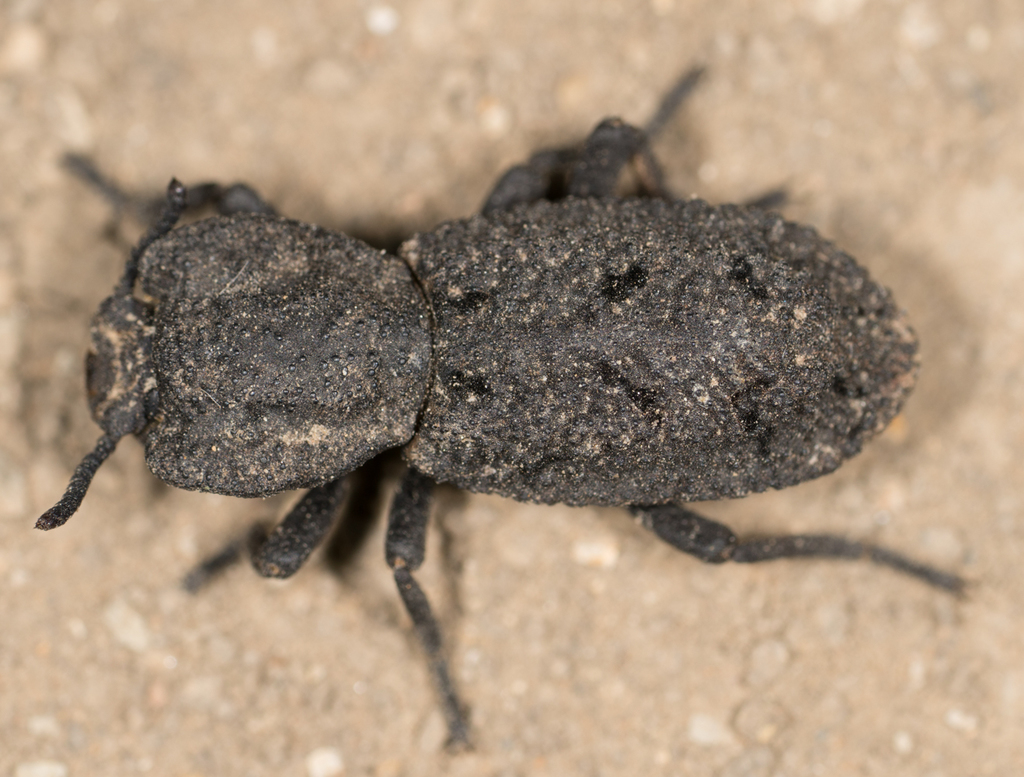
The secret to the diabolical ironclad beetle’s incredible resilience lies in its unique exoskeleton structure, which functions like a sophisticated engineering marvel. Unlike typical insects whose wing covers (called elytra) are designed for flight protection, this beetle’s elytra have evolved into an integrated armor system. The exoskeleton consists of multiple layers of chitin and proteins arranged in complex geometric patterns that distribute force across the entire body.
Each layer of the beetle’s armor works in harmony with the others, creating a composite material that’s both flexible and incredibly strong. The outer surface features intricate ridges and bumps that aren’t just for show – they’re strategically positioned stress-distribution points that help channel crushing forces away from vital organs. This natural engineering is so sophisticated that it rivals some of the best human-designed protective materials.
The Puzzle-Piece Defense System

One of the most fascinating discoveries about the diabolical ironclad beetle’s armor involves its suture lines – the places where different sections of the exoskeleton connect. Using advanced microscopy techniques, scientists found that these connection points resemble intricate jigsaw puzzle pieces with interlocking projections and indentations. This design prevents the armor sections from separating under extreme pressure, maintaining structural integrity even when subjected to tremendous forces.
The suture pattern varies across different parts of the beetle’s body, with the most complex interlocking occurring along the midline where the two wing covers meet. These connections can stretch and deform slightly under pressure, absorbing energy that would otherwise cause catastrophic failure. It’s like having a shock-absorption system built directly into the beetle’s skeleton, allowing it to flex without breaking.
Why Evolution Created a Living Tank
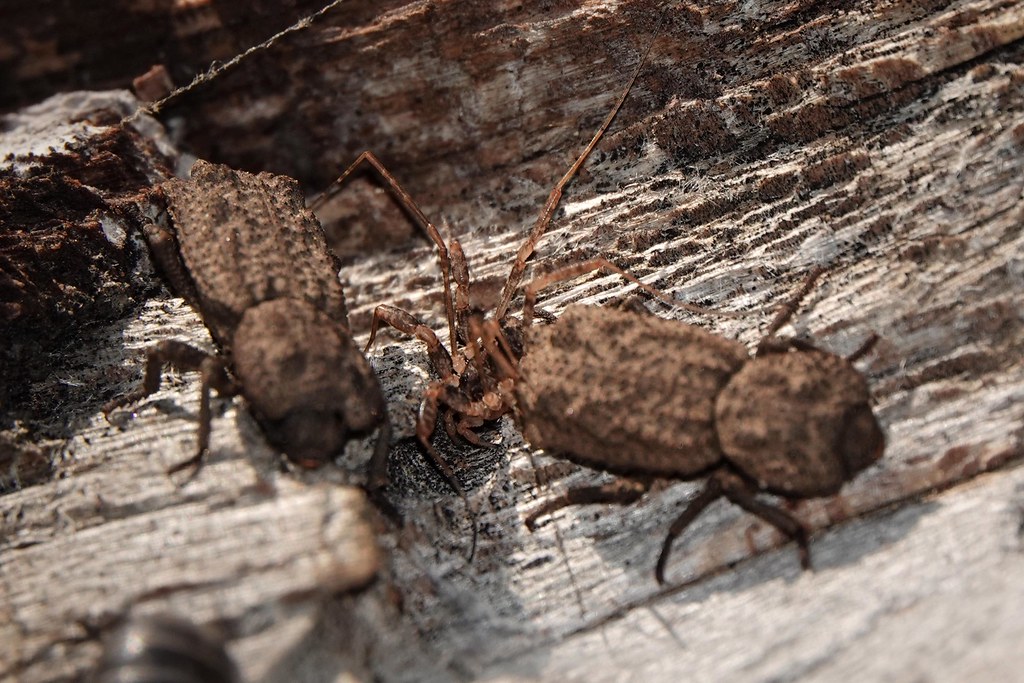
The diabolical ironclad beetle’s extreme durability didn’t evolve in a vacuum – it’s a direct response to specific survival challenges in its harsh desert environment. These beetles face constant threats from predators with powerful crushing jaws, including birds, lizards, and other insects that could easily dispatch less-armored prey. By developing near-indestructible defenses, the beetle essentially became too much trouble for most predators to bother with.
Additionally, their habitat exposes them to extreme physical stresses beyond predation. Desert environments subject these insects to falling rocks, collapsing debris, and the weight of larger animals stepping on them accidentally or intentionally. The ability to survive being crushed provides a significant survival advantage in an ecosystem where being trapped under heavy objects is a common occurrence.
Comparing Nature’s Toughest Competitors
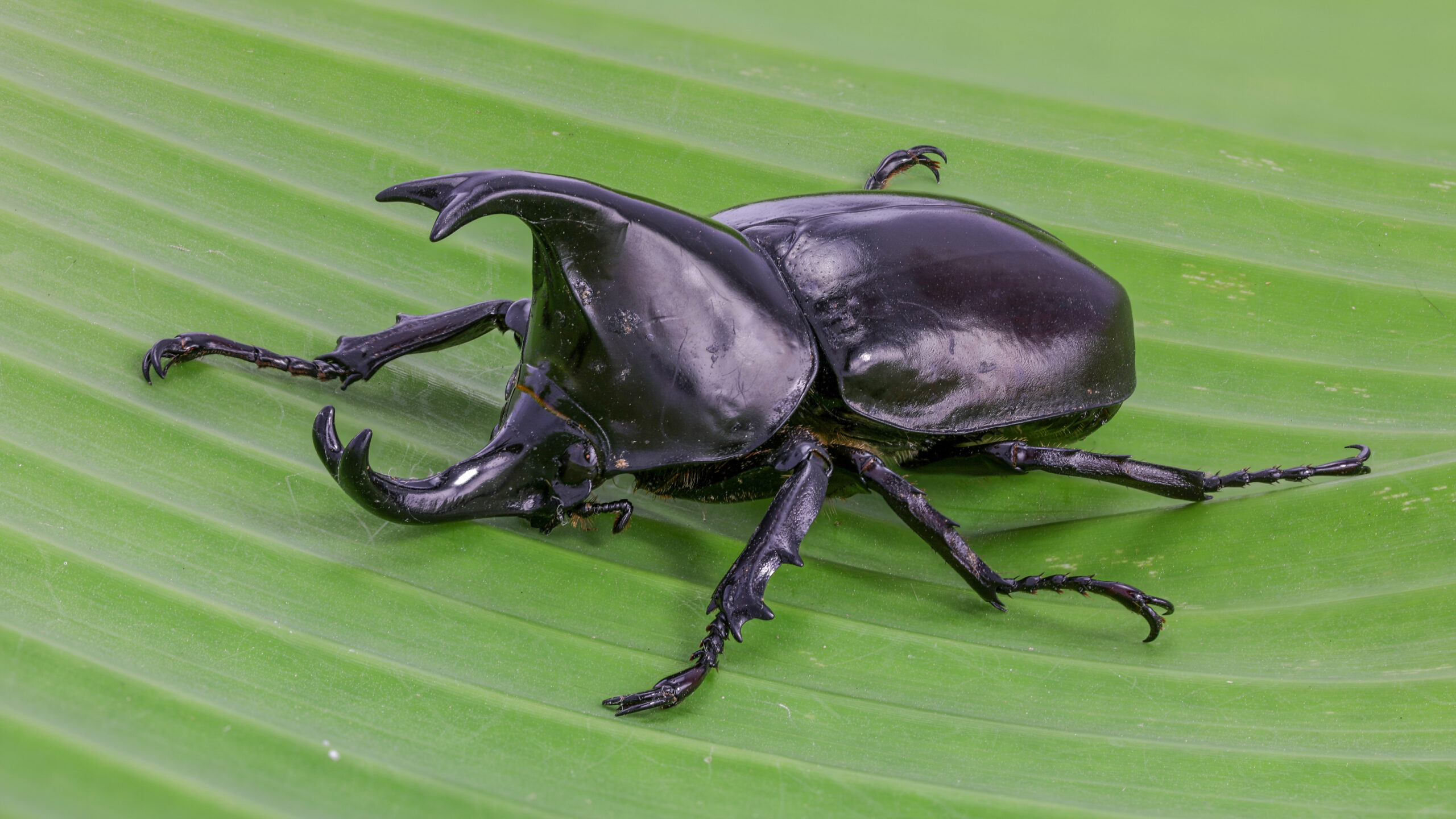
While the diabolical ironclad beetle holds the crown for crush resistance, it’s worth examining how it stacks up against other famously tough creatures. Tardigrades, those microscopic “water bears,” can survive extreme temperatures, radiation, and even the vacuum of space, but they’d be instantly destroyed by the crushing forces this beetle routinely survives. Cockroaches, despite their reputation for indestructibility, can only withstand about 5 times their body weight in crushing force.
Even among beetles, the diabolical ironclad stands alone in its defensive capabilities. The rhinoceros beetle, known for its impressive strength in lifting objects many times its body weight, would be completely flattened under the same pressures that leave the ironclad beetle unphased. This comparison highlights just how exceptional the ironclad’s defensive evolution truly is in the insect world.
Engineering Applications and Biomimicry
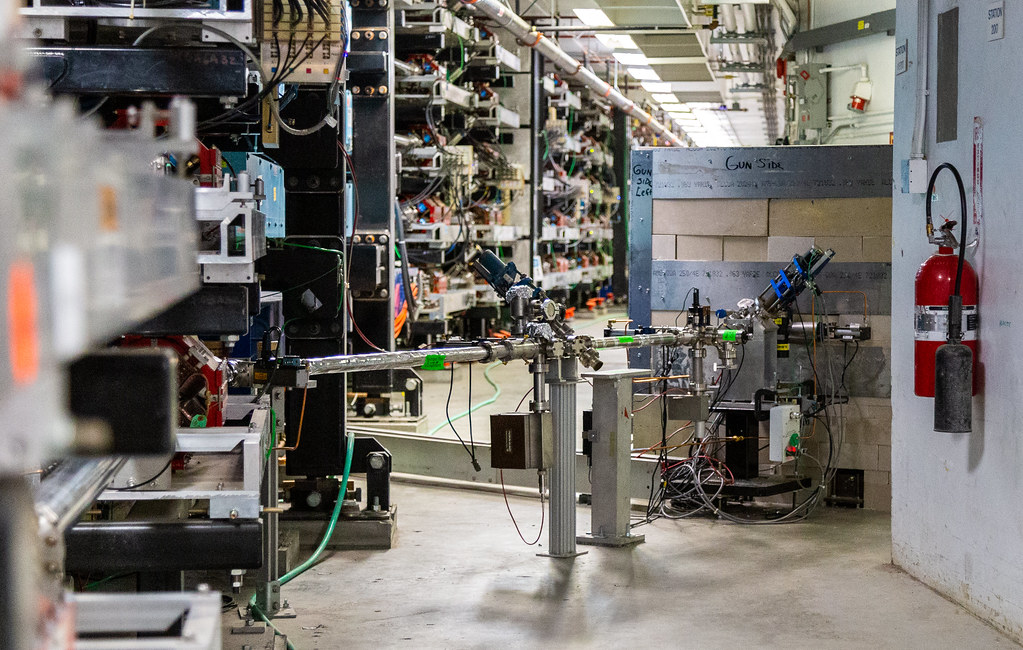
The discovery of the diabolical ironclad beetle’s incredible properties has captured the attention of engineers and materials scientists worldwide. Researchers are actively studying the beetle’s exoskeleton structure to develop new types of protective materials, aircraft components, and building materials that could revolutionize construction and safety equipment. The beetle’s natural design principles could lead to lighter, stronger materials that outperform current synthetic alternatives.
Early prototypes inspired by the beetle’s armor have shown promising results in creating more durable fasteners, joints, and protective casings for sensitive equipment. The aerospace industry is particularly interested in applying these principles to spacecraft design, where components must withstand extreme stresses while remaining lightweight. This represents a perfect example of how studying nature’s solutions can lead to breakthrough human technologies.
Habitat and Lifestyle of the Armored Survivor

Despite their incredible defensive capabilities, diabolical ironclad beetles live relatively quiet lives in their oak woodland and chaparral habitats. They’re primarily active during cooler parts of the day, hiding under rocks, logs, and bark during the hottest periods. Their diet consists mainly of fungus and decaying organic matter, making them important decomposers in their ecosystem rather than fearsome predators.
These beetles move slowly and deliberately, conserving energy rather than rushing about like many other insects. Their flightless nature means they rely on walking for all transportation, but their armor provides protection during these vulnerable ground-level journeys. Interestingly, their incredible durability seems to have made them somewhat complacent – they don’t flee rapidly when threatened, apparently confident in their defensive capabilities.
Reproduction and Life Cycle Mysteries

Much about the diabolical ironclad beetle’s reproductive behavior remains shrouded in mystery, partly because their secretive nature and habitat preferences make them difficult to observe in the wild. What scientists do know is that females lay their eggs in protected locations, likely under logs or rocks where developing larvae will have some protection from predators and environmental extremes. The larvae themselves don’t possess the same incredible armor as adults, making this early life stage their most vulnerable period.
The transformation from soft-bodied larva to armored adult represents one of nature’s most dramatic defensive upgrades. During pupation, the beetle’s exoskeleton undergoes complex changes that create the intricate armor system, essentially rebuilding the insect’s entire external structure. This process takes considerable energy and time, but the payoff in terms of survival advantage is clearly worth the investment.
Conservation Status and Threats

While the diabolical ironclad beetle’s personal armor makes individual specimens nearly indestructible, the species as a whole faces challenges from habitat loss and climate change. Urban development in their native California and Mexico ranges has reduced available habitat, forcing populations into smaller, more isolated areas. Their slow reproduction rate and limited mobility make it difficult for populations to recover from local extinctions or recolonize suitable habitat.
Climate change poses additional challenges as shifting temperature and precipitation patterns could alter the oak woodland ecosystems these beetles depend on. Despite their individual toughness, they remain vulnerable to the broader environmental changes affecting their food sources and breeding sites. Conservation efforts focused on preserving their natural habitats become crucial for maintaining stable populations of these remarkable insects.
Research Breakthroughs and Future Studies
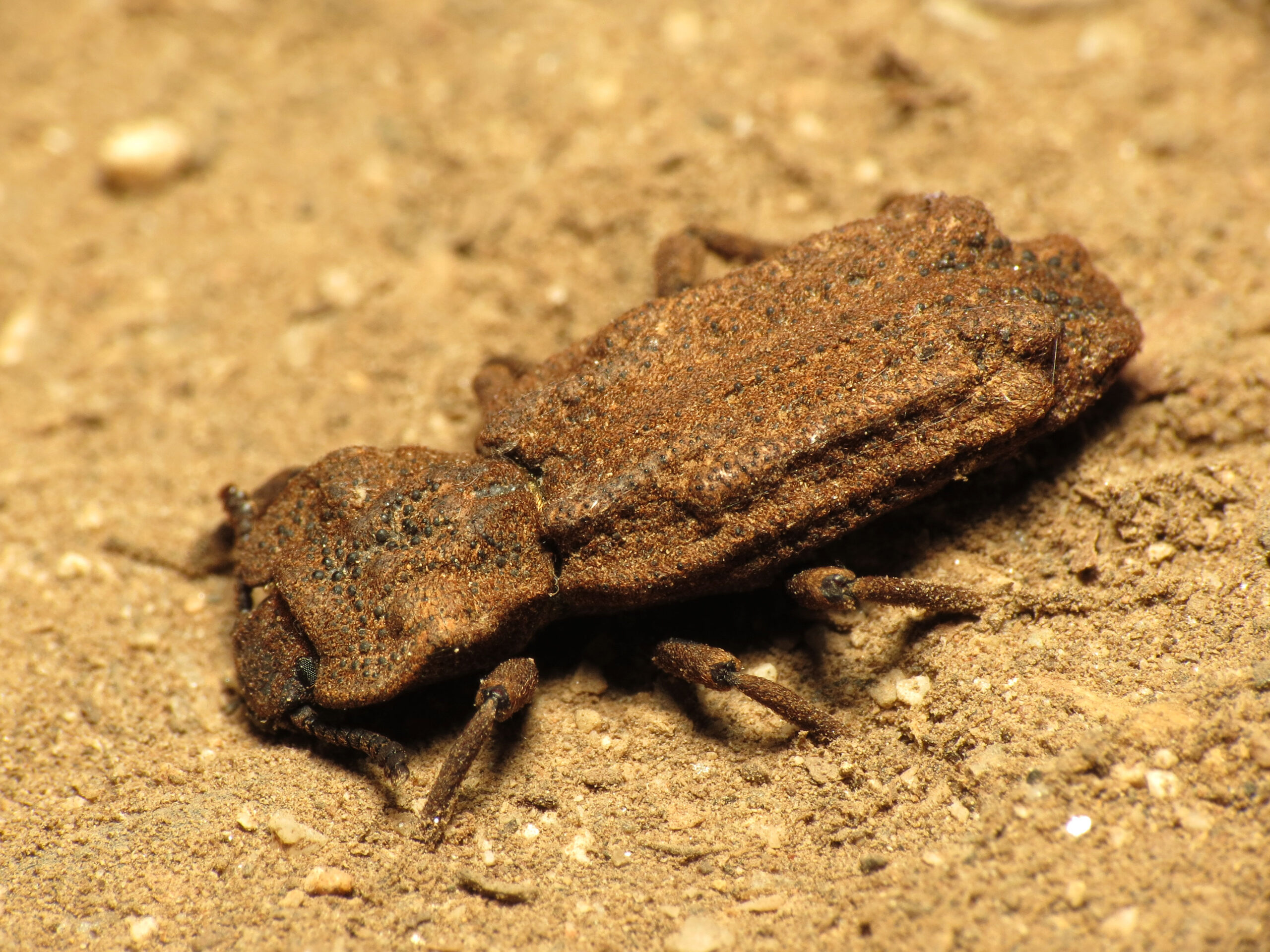
Recent advances in microscopy and materials analysis have revealed new details about the diabolical ironclad beetle’s armor structure that weren’t visible to earlier researchers. Advanced imaging techniques now allow scientists to observe how the beetle’s exoskeleton responds to stress in real-time, providing unprecedented insights into the mechanical properties of biological materials. These studies are revealing additional layers of complexity in the beetle’s defensive system that could inspire even more innovative engineering applications.
Future research directions include investigating whether other closely related beetle species possess similar properties and exploring how environmental factors influence the development of the beetle’s armor. Scientists are also working to understand the genetic basis for the beetle’s incredible durability, which could potentially inform biotechnology applications or even medical treatments for bone and cartilage problems in humans.
The Cultural Impact of an Indestructible Insect
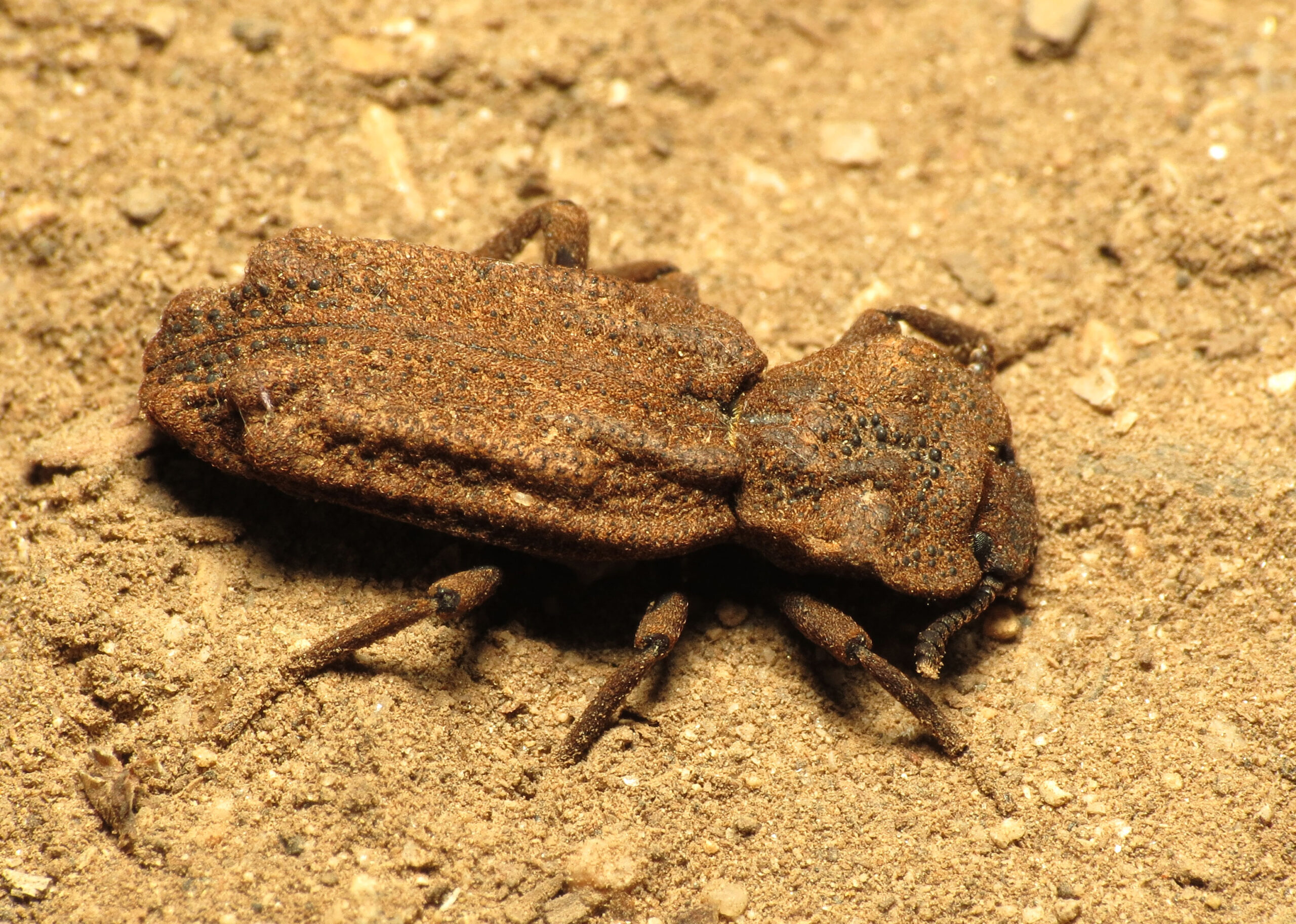
The diabolical ironclad beetle has captured public imagination in ways that extend far beyond scientific circles. Social media videos of these beetles surviving incredible crushing forces have gone viral, introducing millions of people to this remarkable species and sparking broader interest in insect biology. The beetle has become something of a celebrity in the natural world, representing the incredible diversity and adaptability of life on Earth.
Educational programs now feature the diabolical ironclad beetle as a prime example of evolutionary adaptation and biomimicry, helping students understand how nature develops solutions to complex problems. The beetle’s story demonstrates that even the smallest creatures can possess extraordinary abilities that challenge our assumptions about biological limits. This cultural impact helps promote broader appreciation for insect diversity and conservation efforts.
Implications for Understanding Life’s Limits

The diabolical ironclad beetle forces us to reconsider what we thought we knew about the physical limits of living organisms. Its existence proves that biological materials can achieve levels of durability that rival or exceed many human-engineered substances, opening new possibilities for understanding how life adapts to extreme conditions. This has implications not just for materials science, but for astrobiology and our search for life in extreme environments throughout the universe.
The beetle’s incredible properties also highlight the importance of biodiversity research and the potential for discovering other organisms with equally remarkable abilities. Every species represents millions of years of evolutionary problem-solving, and the diabolical ironclad beetle reminds us that nature’s solutions often surpass our most creative engineering efforts. This perspective encourages continued exploration of the natural world and investment in biological research that could yield unexpected technological breakthroughs.
Conclusion: A Testament to Nature’s Engineering Genius
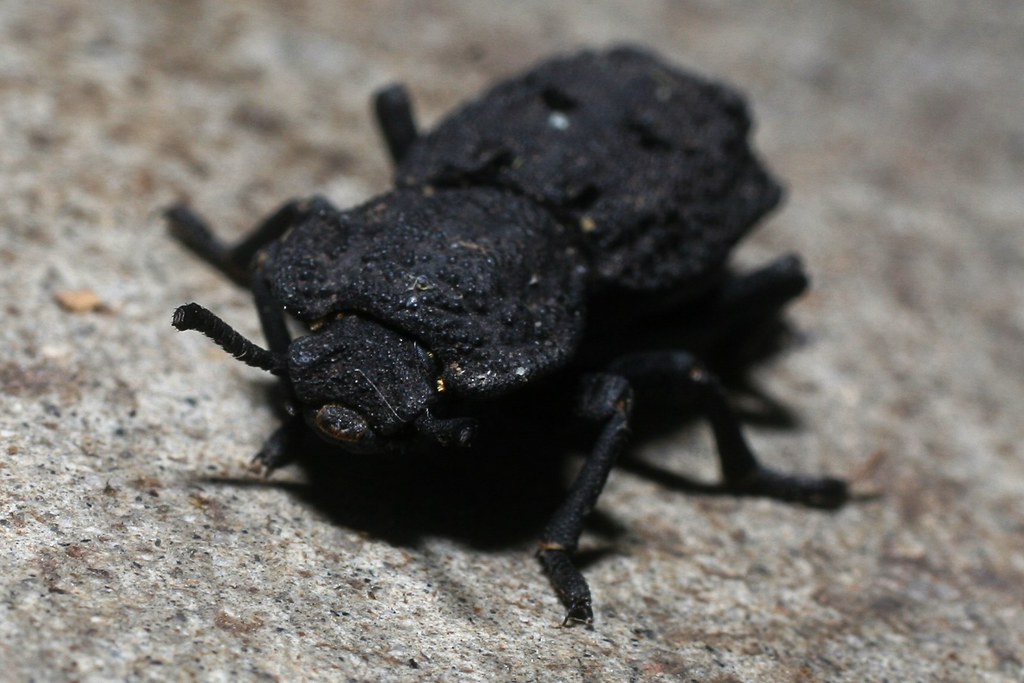
The diabolical ironclad beetle stands as living proof that evolution can produce solutions more elegant and effective than anything humans have yet engineered. Its ability to survive being run over by a car isn’t just a biological curiosity – it’s a masterclass in materials science, structural engineering, and adaptive design that continues to inspire researchers worldwide. From aerospace applications to medical devices, the principles discovered in this tiny beetle’s armor are already beginning to influence human technology in profound ways.
This remarkable insect challenges us to look more closely at the natural world around us, recognizing that even the smallest creatures may hold keys to solving some of our biggest engineering challenges. The story of the diabolical ironclad beetle reminds us that nature has had billions of years to perfect its designs, and we’re only just beginning to understand the sophisticated solutions hiding in plain sight. What other incredible abilities are waiting to be discovered in the creatures we share this planet with?

